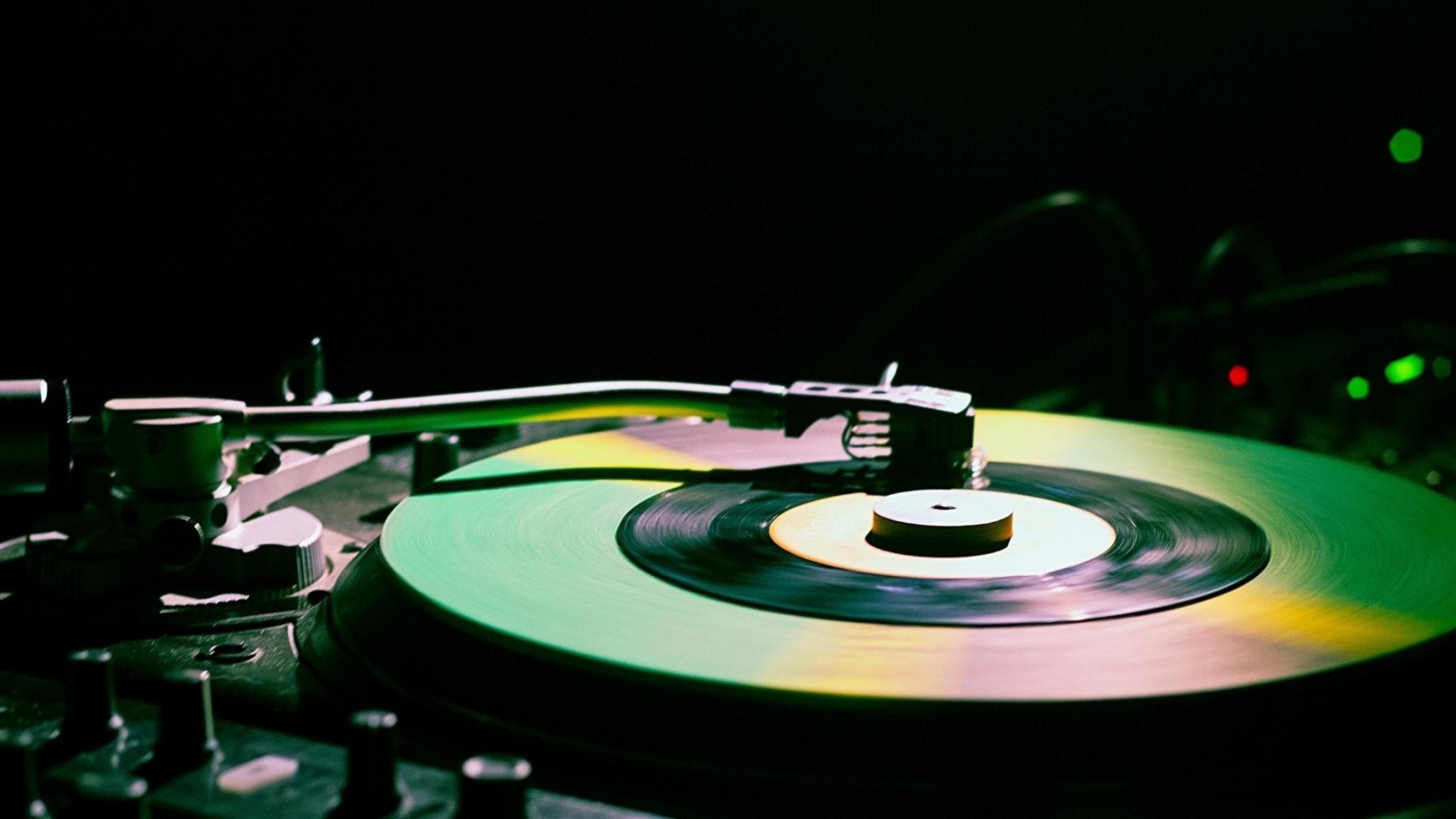The early music of Jamaica included beautiful folk songs from the indigenous peoples coupled with rich traditional music brought into the country via African slaves.
These songs were passed down through the generations, even when the English tried to stop them. This is how Jamaica developed a sound all its own.
It wasn’t until the 1900s that the world heard about the fascinating music of Jamaica. Walter Jekyll published a book called Jamaican Song and Story, and the traditional music style gained popularity.

Because the English had such an influence on the language in Jamaica, a music genre grew called Mento featuring acoustic instruments and a fusion of British and African styles similar to calypso.
Calypso originated from the eastern Caribbean and was also influenced by West African singing using a call-and-response style where the audience gets to participate in the music.
Rastafarian music began with Count Ossie Williams in the 1930s and was a blend of the Burru style from Africa and Kumina rhythms from the island of St. Thomas. The music uses lots of percussion, drums, tambourine, shakers, bells and sometimes saxophones and trombones.

Shortly before Jamaica’s independence from Britain, a new music genre arose that combined the best of mento, calypso, and jazz. Called Ska, this music began after WWII and was popularized by Don Drummond in the 1960s.
Ska was the forerunner of Reggae, the Jamaicanized version of north American rhythm and blues that featured faster-paced music with dance movements that included the arms, legs, and feet. Ska faded out but was revitalized in the 1990s as part of pop culture.
Rocksteady combined American rhythm and blues with Mento. This music featured a slower beat, electronic instruments, guitars more complex melodies. It was defined by the dance motions where the feet stayed still but the dancer rocked their shoulders in time to the beat.
Rocksteady was a short-lived genre in Jamaica, only lasting two years from 1966-1968 before evolving into Reggae.

Toward the end of the 1960s, Reggae came on the scene with music that was faster paced than ska or rocksteady but also included Rastafarian elements. This genre was popularized by Bob Marley and became a global sensation still popular today.
Dancehall music began in the late 1970s and early 1980s. But another Jamaican music contribution made a splash in the 1990s.

When dancehall DJs set up and tested their sound equipment, they removed the lyrics from Reggae music so they could focus on the beat. This was popularized by Lee “Scratch” Perry and became known as Dub music.
Modern electronic versions of dub, dancehall and reggae (called ragga) can be heard throughout Jamaica and the world today along with the beloved oldies from days gone by.
You can find links to awesome Jamaican music in your Explorer Toolkit. Listen while you enjoy delicious tastes of the island in our Jamaica box from eat2explore!







